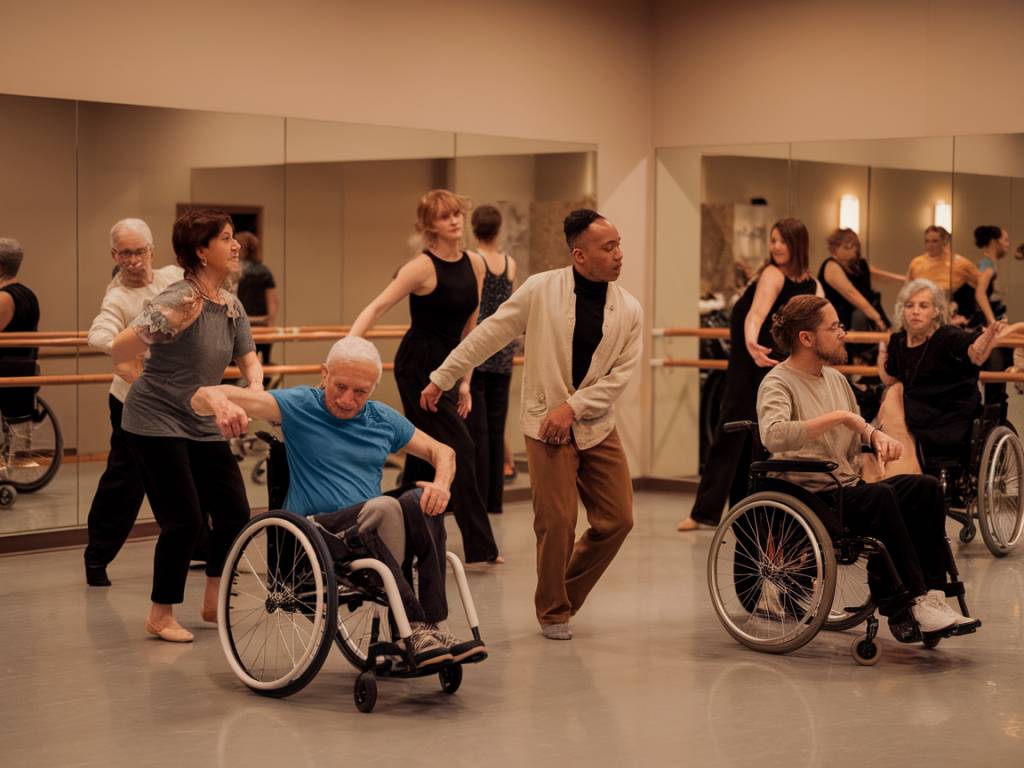In recent years, dance has gained recognition not just as an art form but as a therapeutic tool essential for mental well-being. Dance therapy, also known as dance movement therapy (DMT), utilizes dance and movement to support emotional, cognitive, physical, and social integration. Particularly in today’s fast-paced world, where stress and mental health issues are increasingly prominent, dance therapy offers a holistic approach to achieving mental balance. Here, we explore why movement is vital for mental health and the transformative impact dance therapy can have on individuals.
What is Dance Therapy?
Dance therapy is a type of expressive therapy that encourages the use of movement to improve emotional, cognitive, physical, and social well-being. It emerged from the principles of modern dance and the understanding that the mind and body are interconnected. Samantha Smith, a renowned dance therapist, describes it as « a psychotherapeutic modality that uses movement to promote emotional and psychological well-being. »
The Science Behind Dance Therapy
The mechanism through which dance therapy works is deeply rooted in the mind-body connection. Research has shown that physical activity, including dance, releases endorphins, the body’s natural painkillers and mood elevators. Additionally, rhythmic movement helps synchronize brain activity, reduces the symptoms of anxiety and depression, and improves overall cognitive function.
Studies published in various medical journals confirm the efficacy of dance therapy. For instance, a study from the American Journal of Dance Therapy revealed that participants who engaged in regular dance therapy sessions showed significant improvements in emotional stability and reduction in stress levels.
Benefits of Dance Therapy
Dance therapy provides numerous benefits, encompassing various aspects of mental health:
- Improved Emotional Expression: Dance allows individuals to express emotions and feelings that might be difficult to articulate with words.
- Reduced Anxiety and Depression: The physical activity in dance helps reduce anxiety and depressive symptoms by releasing endorphins.
- Enhanced Cognitive Functions: Dance requires coordination and rhythm, which can stimulate brain function and improve cognitive performance.
- Increased Social Interaction: Group dance therapy sessions provide a sense of community and belonging, enhancing social skills.
- Stress Relief: The combination of music and movement serves as an effective stress reliever, aiding in mental relaxation.
Types of Dance Therapy Methods
There are several methodologies within dance therapy, each offering unique approaches to mental well-being:
- Authentic Movement: This method involves individuals moving freely with spontaneous movement, often with their eyes closed, to explore inner emotions and thoughts.
- Movement-Based Dramatherapy: Integrates elements of drama and movement, allowing individuals to explore personal stories and conflicts through dance.
- Body-Mind Centering: Focuses on the developmental, anatomical, and physiological aspects of movement to promote self-awareness.
- Dance Psychotherapy: Takes a more structured approach, incorporating cognitive-behavioral techniques to address specific mental health issues.
Practical Applications
Dance therapy is versatile and can be applied in various settings, including hospitals, mental health centers, schools, and rehabilitation facilities. Therapists adapt the approach based on the individual needs of their clients, making it accessible and beneficial to various populations such as:
- Children: Helps in developing motor skills, emotional expression, and social interaction.
- Adults: Offers stress relief, emotional management, and enhanced cognitive functions.
- Individuals with Disabilities: Assists in improving physical mobility, self-esteem, and socialization.
- Elderly: Promotes physical activity, reduces symptoms of dementia, and enhances social engagement.
How to Get Started with Dance Therapy
Starting dance therapy doesn’t require any prior dance experience. Here are some steps to begin:
- Research Local Therapists: Verify credentials and find licensed dance therapists in your area.
- Attend a Trial Session: Most therapists offer initial consultations to discuss your goals and determine if dance therapy is right for you.
- Join Group Sessions: Enrolling in group sessions can provide additional social benefits and a sense of community.
- Set Personal Goals: Collaborate with your therapist to set achievable goals, whether they relate to emotional expression, stress reduction, or physical health.
For those interested in integrating dance therapy into their lives, many resources and classes are available online and in-person, catering to various skill levels and mental health needs.
Real-Life Success Stories
Many individuals have found profound healing and transformation through dance therapy. One notable example is Jane, a 34-year-old woman dealing with severe anxiety. After months of conventional therapy with minimal progress, Jane tried dance therapy. Through guided sessions focusing on expressive movement, she managed to confront her anxieties, leading to significantly reduced symptoms and an improved quality of life.
Another success story is from a group setting at a community mental health center. Participants of all ages and backgrounds shared their experiences, finding common ground and mutual support through the medium of dance. Their collective journey demonstrated the power of movement in fostering emotional resilience and community bonds.
Conclusion
Dance therapy is more than just a form of artistic expression; it’s a vital tool for mental health and well-being. It offers numerous benefits, from reducing anxiety and depression to enhancing cognitive functions and emotional expression. With its scientific backing and adaptable methodologies, dance therapy provides an inclusive, effective approach to addressing mental health issues. As awareness grows, more individuals can experience the transformative power of movement, making dance an integral part of mental health care.

